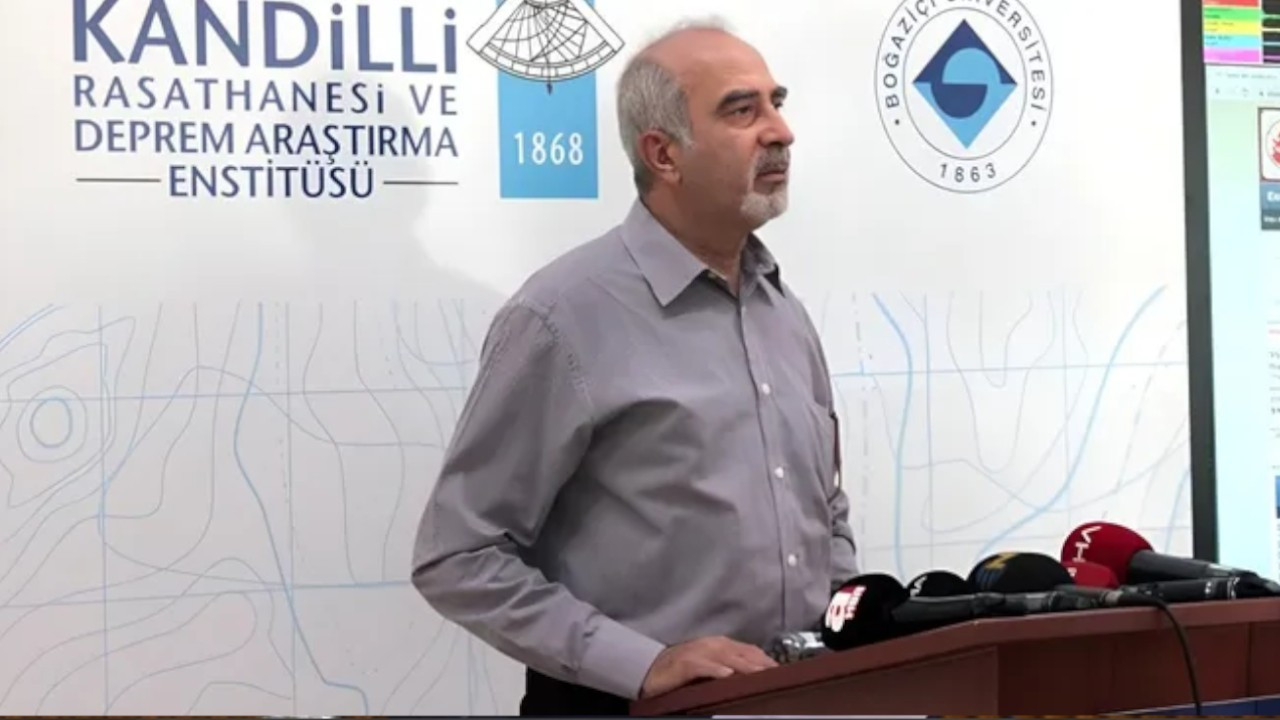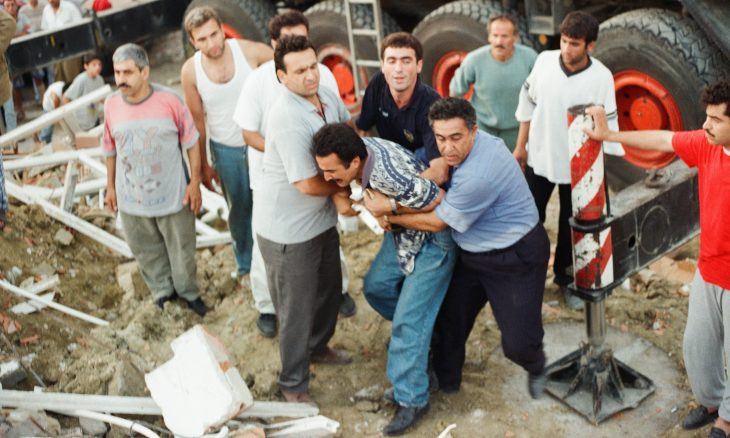7,939 buildings to collapse in Tekirdağ province in expected major quake, AFAD report says
According to the Provincial Disaster Risk Reduction Plan scenario prepared by the state-run AFAD for the northwestern province of Tekirdağ in 2019, 7,939 buildings will collapse in an earthquake with a magnitude of 7.4. There are warnings that a major earthquake is expected to hit the Marmara region, especially İstanbul, in the near future.
Deniz Çil / DUVAR
7,939 buildings are expected to collapse in Tekirdağ province in the expected major Marmara earthquake according to the Provincial Disaster Risk Reduction Plan scenario prepared by the Disaster and Emergency Management Authority (AFAD) for the northwestern province in 2019.
The long-awaited earthquake is expected to create massive material devastation in the Marmara region, especially in Istanbul.
According to the AFAD’s 2019-dated report, 7,939 buildings will collapse in Tekirdağ’s 11 districts, mainly in Süleymanpaşa, Şarköy and Malkara in a 7.4-magnitude earthquake.
The least damage is expected to happen in Kapaklı and Saray districts in Tekirdağ.
According to the scenario, 852 people will die as a result of the expected quake, whereas 4,702 people will be injured in Tekirdağ.
The plan drew attention to the fact that the abundance of buildings were built before 1999.
After a 7.4 magnitude earthquake in 1999 killed over 17,000 people in the Marmara region, the regulations over buildings regarding their quake-resistance were tightened.
Moreover, an earthquake tax was introduced for the reinforcement of old buildings. However, there are suspicions over how this money has been spent. In a famous speech back in 2011, the ruling AKP’s then-Treasury Minister Mehmet Şimşek said they used the money of the earthquake tax on “roads, railways, airports, farmers, education.”
Zeki Ünal Yümün, a geology engineer from Namık Kemal University, told Gazete Duvar that the earthquake is inevitable for the region.
Yümün said there are alluvium and sea-filling areas in some places of Tekirdağ's Süleymanpaşa district, adding the majority of the buildings here were built before 1999.
“In any earthquake that may occur in this area, it is inevitable that the structures in this region will be damaged,” Yümün said, adding that those buildings can be reinforced.
Civil engineer Cemil Özkan also pointed out the problems of the buildings that were built before 1999.
“As far as I know, there is no urban transformation, and there is no study similar to any retrofitting or risky building detection,” Özkan said.
Özkan added that either people should be evacuated from risky buildings, or those buildings should be reinforced.
Turkey is crossed by fault lines and is prone to earthquakes. Last week, two major earthquakes, one at a magnitude of 7.7 and the other at 7.6, hit the country’s southeastern region, leading to thousands of deaths.
(English version by Alperen Şen)

 Istanbul to be hit by major quake in next 7 years with 64% chance, Kandilli Observatory professor warnsDomestic
Istanbul to be hit by major quake in next 7 years with 64% chance, Kandilli Observatory professor warnsDomestic Istanbul Mayor warns about risk of 90,000 buildings collapsing in expected major quakeDomestic
Istanbul Mayor warns about risk of 90,000 buildings collapsing in expected major quakeDomestic Turkey remembers victims of 1999 earthquake, as experts raise alarm on no progress in taking measuresDomestic
Turkey remembers victims of 1999 earthquake, as experts raise alarm on no progress in taking measuresDomestic Turkish rescue association warns of devastating impacts of expected Istanbul quakeDomestic
Turkish rescue association warns of devastating impacts of expected Istanbul quakeDomestic